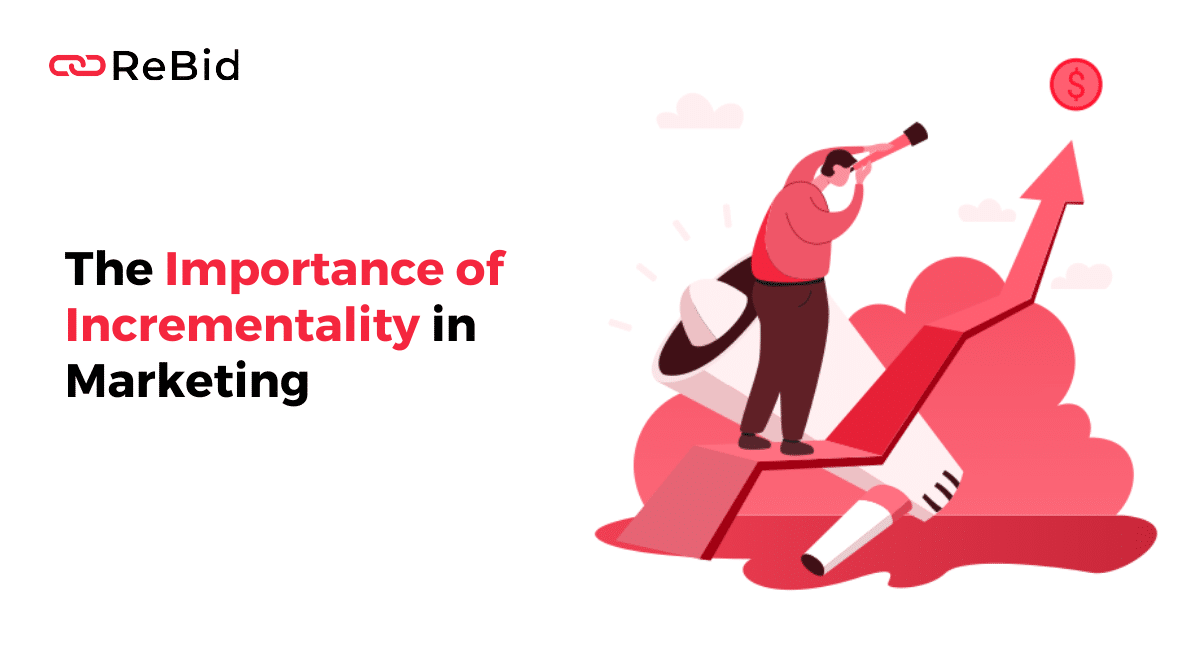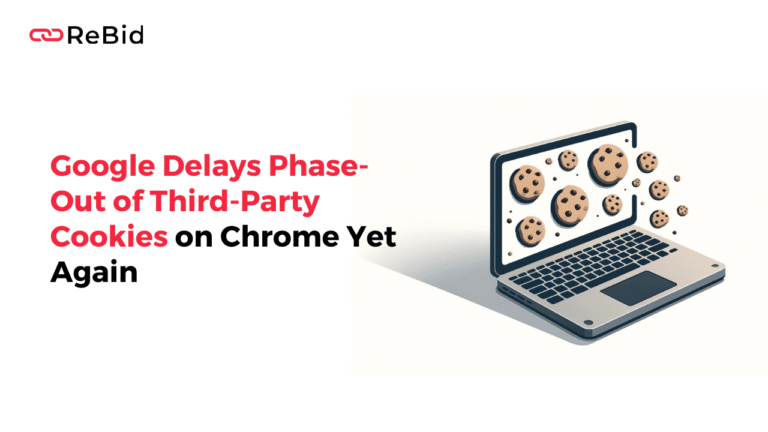Unveiling the Power of Incrementality
In the dynamic tapestry of data-driven marketing, pinpointing the true impact of your campaigns reigns supreme. While metrics like website traffic and conversions offer glimpses of success, they are mere snapshots, failing to capture the complete picture. Enter the realm of incrementality, a game-changer in understanding your marketing effectiveness.
Demystifying Incrementality
Incrementality includes mere conversion numbers. It delves deeper, unveiling the additional effect your marketing efforts have on key outcomes like sales or website signups. It’s about identifying the uplift achieved, the “extra mile” your campaign navigated, exceeding what would have occurred organically.
Why Does Incrementality Hold the Key?
Traditionally, attribution models, while serving a purpose, often paint an incomplete picture. They assign credit for conversions to various touchpoints, often falling short in accuracy. Popular models like “last touch” attribution award all the glory to the final interaction before conversion, while others spread credit equally across every touchpoint, regardless of their true influence. This lack of nuance can lead to misguided resource allocation, hindering your marketing efforts.
Incrementality, however, emerges as a hero, providing a more precise understanding of your marketing’s effectiveness by isolating the unique contribution of each campaign. This newfound clarity empowers you to:
- Unmask your marketing champions: By discerning which campaigns are truly driving incremental growth, you can strategically allocate your resources. Imagine having a superpower that reveals the channels generating the most significant value, allowing you to focus your efforts accordingly.
- Fuel continuous optimization: Incrementality doesn’t stop at identifying champions. It delves deeper, allowing you to analyze how various campaign elements, like messaging, creatives, and targeting, impact the additional lift generated. This knowledge empowers you to continuously refine your approach, ensuring each campaign iteration yields even better results.
- Quantify the true ROI: By quantifying the incremental revenue generated by your campaigns, you gain a potent weapon – data-driven insights. These insights empower you to build a compelling case for continued investment in marketing initiatives, securing the support you need from stakeholders.
How to Measure Incrementality
Unveiling the true impact of your efforts requires venturing beyond standard measurement tools. Several methods exist, each offering unique advantages and limitations:
- A/B Testing: This approach involves splitting your audience into two distinct groups. One group receives your campaign (the test group), while the other remains untouched, acting as the control group. By meticulously comparing the conversion rates of both groups, you can isolate the incremental lift directly attributable to your campaign. A/B testing offers a straightforward, hands-on approach, allowing you to witness the impact firsthand. However, it can be time-consuming and resource-intensive, especially for complex campaigns targeting large audiences.
- Statistical Modeling: This method leverages your historical data and deploys sophisticated statistical techniques to construct a counterfactual scenario. This scenario essentially asks the question: “What would have happened if the campaign hadn’t been run?” By comparing the actual results with the predicted counterfactual, you can measure the uplift and confidently attribute it to your specific campaign. While statistical modeling offers a powerful and scalable approach, it often requires specialized expertise and access to sophisticated tools.
Embracing the Journey of Incrementality
Incrementality isn’t just a buzzword; it’s a paradigm shift in measuring marketing effectiveness. By embracing this approach, you gain the power to see beyond the facade of traditional metrics and uncover the true impact of your campaigns. This newfound knowledge empowers you to optimize your efforts, maximize ROI, and secure the resources needed to propel your marketing endeavors to new heights. So, step into the realm of incrementality, ready to unveil the true power of your marketing efforts.
Rebid and Incrementality
At Rebid, we understand the importance of measuring marketing effectiveness beyond traditional metrics. We offer solutions that help you:
- Design and implement A/B tests to measure the incrementality of your advertising campaigns.
- Leverage advanced analytics to gain deeper insights into the impact of your marketing efforts.
- Optimize your campaigns for maximum ROI, based on data-driven insights.
Want to learn more about how Rebid can help you measure the true impact of your marketing?
Request a demo today: https://www.rebid.co/rebid-request-a-demo/
FAQs
1. What’s the difference between incrementality and attribution?
Attribution models allocate credit for conversions across different touchpoints, while incrementality focuses on the unique uplift generated by a specific campaign, regardless of other interactions.
2. How can I get started with measuring incrementality?
Start by defining your key performance indicators (KPIs) and identifying the marketing channels you want to measure. Then, choose a suitable method for your needs, such as A/B testing or statistical modeling.
3. What are some limitations of measuring incrementality?
It can be complex and resource-intensive to implement, and the results can be influenced by various factors, such as seasonality and external market trends.





